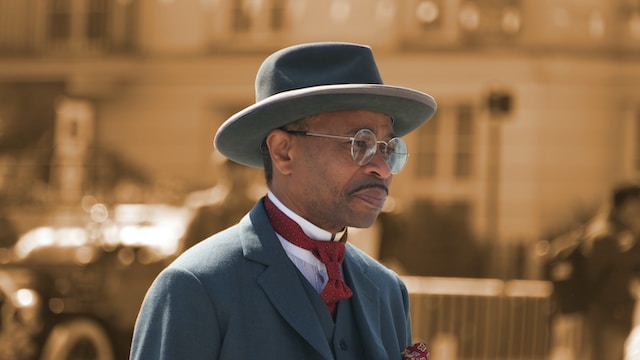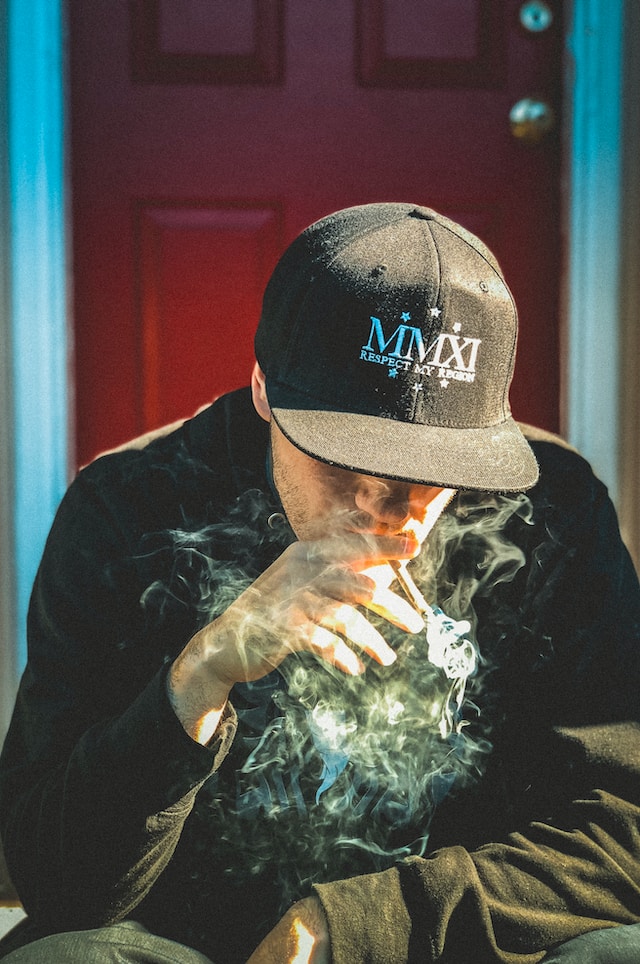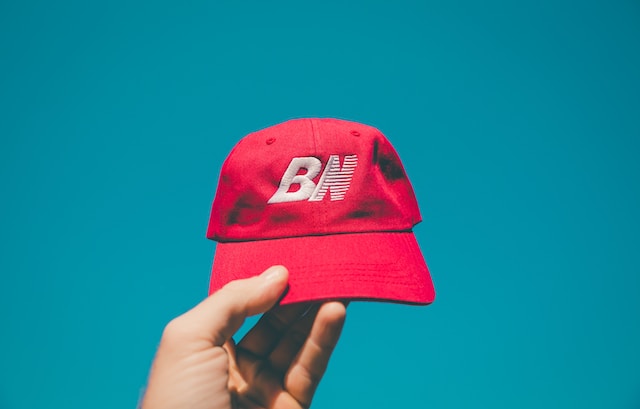Many times you will see descriptions of hats and the terms unstructured or structured are used to describe the hat. Many customers ask, what does this mean? Well, let me tell you.
The crown of a baseball hat can have a buckram or stiff fabric behind the front two panels of the crown giving it structure therefore it is called a structured hat. An unstructured cap has no additional support behind those front two panels and it is the same around the crown.
Another way to look at it is if you take a hat off your head and set it down on your desk a structured hat will continue to look the same and keep its structure whereas an unstructured cap will collapse slightly without your head in the hat supporting it.
For today’s article, we will introduce some basics related to the features and benefits of structured and unstructured hats, let’s dive in!!
Caps made with stiff fabric are called 'structured' caps because they can hold their basic shape even if not being worn. Unstructured caps are softer and fall flat when not in use.
Structured caps are reinforced behind the front two panels with a buckram or stiff fabric, giving it more structure. Therefore, structured hats won't lose their shape when you take them off your head. They tend to have a more sporty look and are typically worn by baseball players.
Examples of common structured hat styles are baseball caps, snapbacks, fitted hats, felt hats, etc.

A. Enhanced durability and shape retention
B. Crisp and uniform appearance, suitable for formal or professional settings
C. Greater front panel support for displaying logos, embroidery, or patches
Structured hats offer a stiffer, more supportive fabric that allows the hat to hold its shape freely. Structured caps have a classic look and are perfect for work environments where headwear needs extra durability.
Structured caps generally offer more branding area, and because of their lack of flexibility printed branding tends to last longer than on unstructured caps. On the other hand, unstructured caps are more comfortable for most people to wear, and their flat shape makes them easier to pack and store.

Caps made with stiff fabric are called 'structured' caps because they can hold their basic shape even if not being worn. Unstructured caps are softer and fall flat when not in use.
Examples of common unstructured hat styles are dad hats, camper caps, etc.

A. Lightweight and comfortable for extended wear
B. Casual and relaxed appearance, suitable for everyday or casual occasions
C. Conforms to the wearer's head shape for a more customized fit
An unstructured cap tends to have a more casual look. Also if you are going to be sewing a heavy patch with your team name or logo onto the front of your hat a structured cap will hold its weight a little better. Both unstructured and structured caps can be embroidered, however, make sure to ask your embroiderer if they have a preference and the right machinery to do the work.
Most importantly, the buckram is absent. This means that when removed from the wearer's head, they won't always keep their shape. They also have a softer feel and a more floppy style. This is why they're a popular choice as painter's caps and for more low-key, casual situations.

A. Cleaning instructions for structured and unstructured hats
B. Proper storage techniques to maintain the shape and integrity of hats
When cleaning structured and unstructured hats, here are the steps you need to take:
Step 1: Fill a sink with water, fill a clean sink or bucket with cool or warm water, and add a couple of drops of laundry detergent or a tablespoon of stain remover powder.
Step 2: Soak, soak the hat in the water for about 15 minutes.
Step 3: Rinse, rinse the hat thoroughly with cool or warm water and gently pat dry with a towel.
Step 4: Reshape and drip dry, reshape the hat by placing the cap (the part that sits directly on your head) on top of an upside-down coffee can, small bowl, or another container that mimics the shape of your head. Leave the hat out to dry.

Embroidery: the art of decorating material, primarily textile fabric, utilizing a needle and thread (and sometimes fine wire). The basic techniques include crewel work, needlepoint, cross-stitch embroidery, and quilting, as well as quillwork and featherwork.
Patches: also known as a cloth badge, is a piece of embroidery that is created by using a fabric backing and thread. The art of making embroidered patches is an old tradition and was done by hand.
Caps made with stiff fabric are called 'structured' caps because they can hold their basic shape even if not being worn. Unstructured caps are softer and fall flat when not in use.
When choosing structured and unstructured hats, consider personal style, occasion, and comfort all matters. Also, experimenting and having fun exploring the various options available in hat styles are important.
That’s all for today, any new questions, please comment below and let us know!!